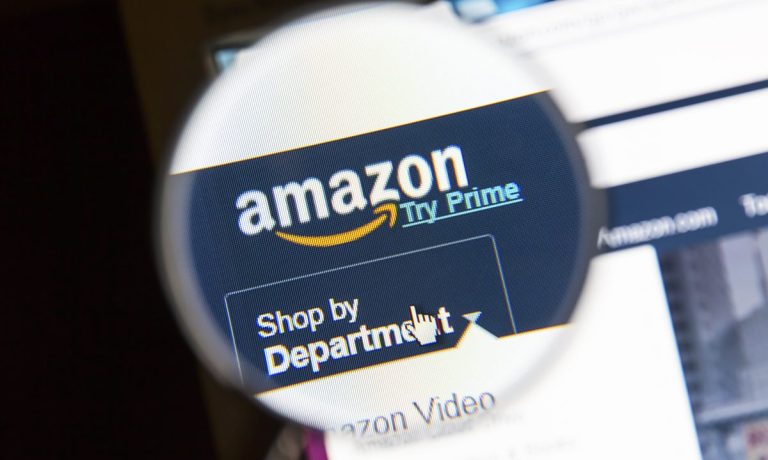
Amazon is selling more ads — and charging more for them — to companies seeking to buy product listings atop customers’ search results, CNBC reports.
“There’s fewer organic search results on the page, so that increasingly means the only way to get on the page is to buy your way on there,” Jason Goldberg, chief commerce strategy officer at advertising firm Publicis, told the news network.
Jupzas Kaziukenas, head of eCommerce research shop Marketplace Pulse, reportedly told CNBC Amazon has gone from two or three sponsored placements at the top of typical search results to as many as six. He reportedly noted this comes after Amazon founder Jeff Bezos abandoned his anti-advertisement stance for the company.
Search for “shampoo,” for example, and you’ll get six ads for different brands before any list of products uninfluenced by ad buys.
Citing Amazon, CNBC reported that ad counts are affected by factors including the type of device a customer is using to shop at Amazon.
Amazon reported an 87 percent increase in year-over-year second-quarter sales — to nearly $8 billion — in the category of revenue that consists mostly of advertising sales.
According to CNBC, in 2018 Amazon displaced Microsoft to become the number-three recipient of online ad revenue in the United States, trailing only Google and Facebook.
CNBC quoted an unidentified Amazon spokesman as having said: “Like all retailers, we design our store to help customers easily find and discover the right brands and products, and sponsored ads is one of the many ways we do this. In all cases we work back from the most useful customer experience and the relevance of the results surfaced, regardless of how they’re presented to the shopper.”
Digital marketing agency Merkle, according to CNBC, found that about 73 percent of retailers’ second-quarter ad spends with Amazon were for product placements in search results.
Canopy Management research of 300 retailers, cited by CNBC, found that in August Amazon charged retailers $1.27 per click, up from 86 cents a year earlier.
“It’s not uncommon now for brands to be spending 50 percent or more of their product price on various fees to be selling on Amazon,” Kaziukenas said, according to CNBC.
For smaller retailers, Kaziukenas reportedly said, the change means, “They’re going from competing against other, smaller sellers to now competing against massive and well-funded sellers.”
Read more: DC AG Racine Expands Scope of Amazon Antitrust Complaint